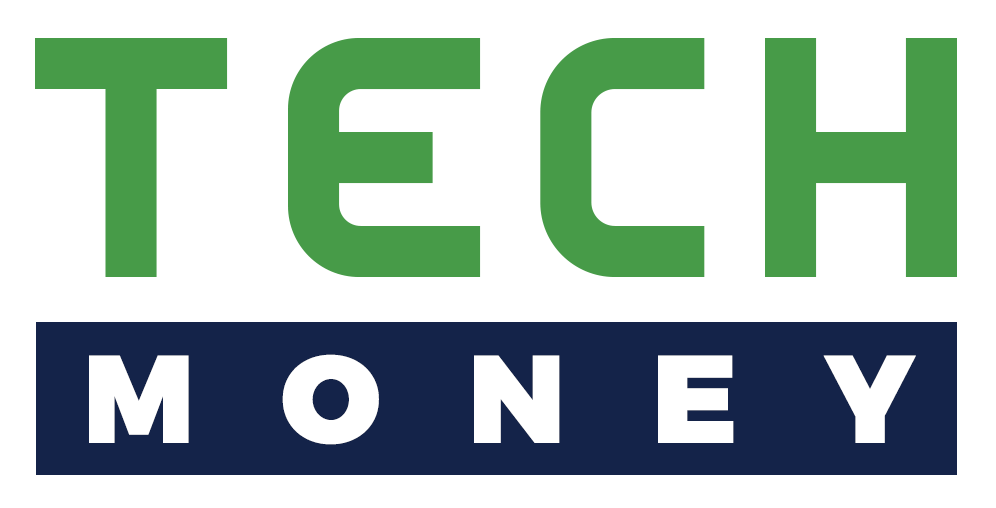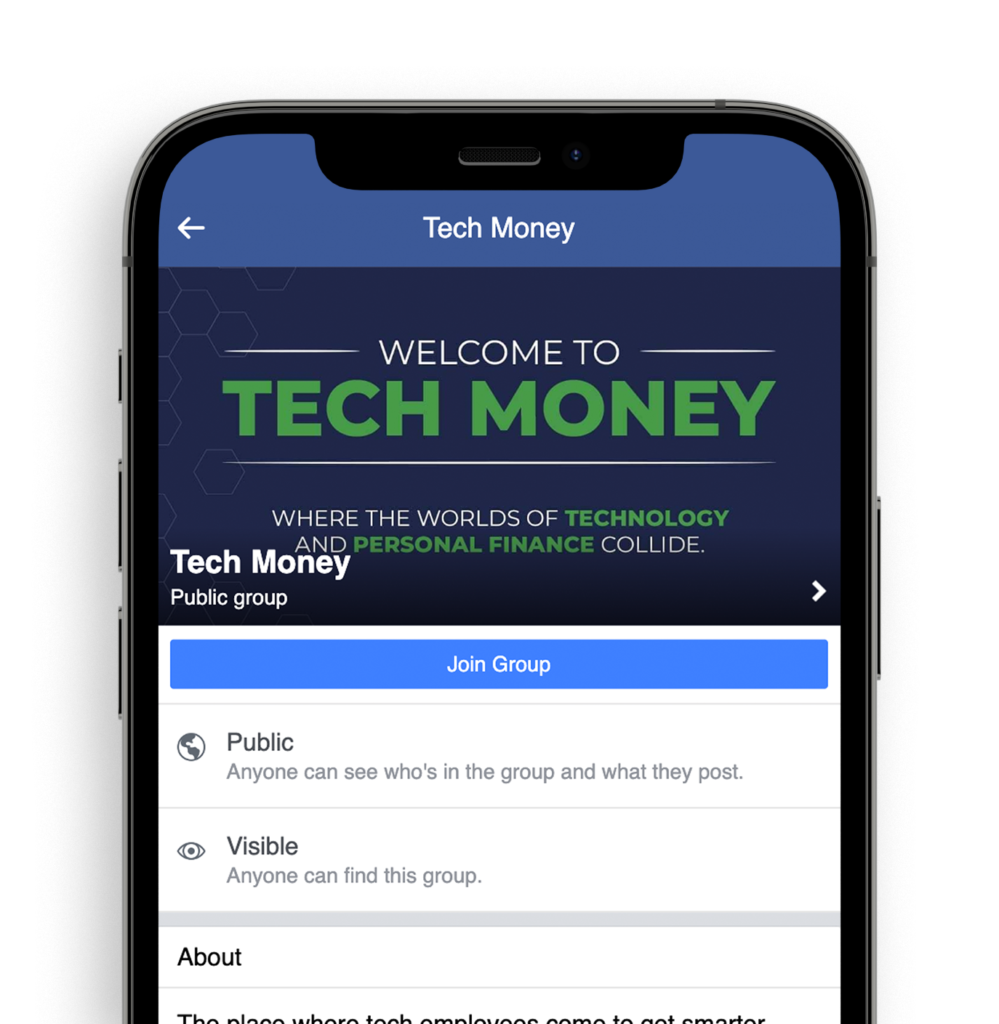If you’re lucky enough to work for one of the many tech companies that offer multiple ways to save money, you may be wondering which programs to prioritize. Microsoft employees, for instance, have the good fortune of having access to a pre-tax/Roth 401(k), after-tax 401(k), Employee Stock Purchase Plan (ESPP) and Health Savings Account (HSA). If you can afford to maximize them all, fantastic! They all offer their own unique advantages. However, if you can only afford to contribute to one or two, how do you decide? Which is most important? Which one makes the most sense for you?
You will undoubtedly get sick of me saying this, but like most things in your financial life, it depends. What I’ll offer in this post is some general advice, using Microsoft as an example, but it will vary depending on your unique circumstances.
AN OVERVIEW ON THE OPTIONS:
401(k)— either pre-tax or Roth
In 2022, you can contribute up to $20,500 to a pre-tax or Roth 401(k). If you’re over age 50, a catch-up contribution allows you to save an additional $6,500. My recommendation is to at least take full advantage of your employer match. That may or may not mean deferring the full annual contribution.
Big Tech company Microsoft matches 50% of its employees’ total contribution (up to the annual limit). If the maximum amount is deferred, they will match $10,250. That’s in addition to annual salary, bonuses, and restricted stock units (RSUs). How great is that? Assuming you can afford to save $20,500 each year, matching is a no-brainer. The decision to save those dollars pre-tax or Roth is personal; I suggest you work with your financial advisor to determine what makes the most sense for you.
After-tax 401(k)
In addition to the pre-tax or Roth 401(k), some companies also offer the after-tax 401(k), known as a Mega Backdoor Roth 401(k). With this option, using the Microsoft example, once you have maxed out your 401(k), plus their $10,250 match, you have the option to defer another $30,250 to an after-tax 401(k). Remember, the total IRS annual limit for all contributions in 2022 is $61,000.
There are several great things about a Mega Backdoor Roth, especially if you are a high-income earner. In this case, many of your saving options are not tax advantaged, allowing you to save aggressively into an account that won’t be taxed in the future. Keep in mind, however, it is important to make sure your after-tax contributions are automatically being converted to Roth.
Microsoft is not the only technology-focused company offering its employees a Mega Backdoor Roth 401(k) option. Others include Meta, Amazon, Google, Apple, Uber, Salesforce, IBM, Intel, Oracle, and Zoom. For a more comprehensive list, click here.
Health Savings Account (HSA)
I’m a big fan of HSAs, but that’s a blog post for another day. In a few words, an HSA offers amazing tax benefits that you cannot get from any other account type. You can contribute to an HSA on a pre-tax basis; the earnings grow tax-free, and all withdrawals are also tax-free. That’s a pretty incredible combination.
In order to contribute to an HSA, you must be enrolled in a High Deductible Health Plan (HDHP). As of 2022, a Microsoft employee, once enrolled, can contribute up to $7,300 for a family and $3,650 for an individual to the HSA. Microsoft will contribute up to $2,500 to a family account or $1,000 for an individual. Unlike a 401(k), that total includes the employer contribution. This is free money we’re talking about!
IF YOU STILL HAVE ROOM FOR EXTRA SAVINGS:
Employee Stock Purchase Plan (ESPP)
A Microsoft employee can also save to an ESPP. The federal limit for an ESPP is $25,000 of the undiscounted stock, which with a 15% discount means you can save $21,250. I’ve also written about the specifics of Apple’s ESPP plan here. Though the tax implications can be complicated–having to actively manage the selling and reinvesting process—there are definitely some benefits.
It may still be worth investing in, but it is generally lower on my list of savings options. Broadly speaking, my order or preference is as follows:
- Pre-tax or Roth 401(k)
- HSA
- After-tax 401(k)
- ESPP
If you happen to make enough money to save $20,500 to your 401(k), plus $7,300 to an HSA, plus $30,250 to your after-tax 401(k), plus $21,250 to an ESPP, do so by all means!
For many people, that’s just not realistic and they must prioritize.
My preference may not, however, be listed in the order of importance for your situation. For instance, if you plan to retire early (say, age 50), you might not want to tie up too much in a 401(k) and may prefer to save to a taxable account. In that case, maximizing the ESPP (then selling and diversifying out of company stock) would make more sense than filling up the 401(k) buckets.
It’s a highly individual decision, but this framework applies to many situations. As always, I encourage you to work with your financial advisor to decide what’s best for you.


